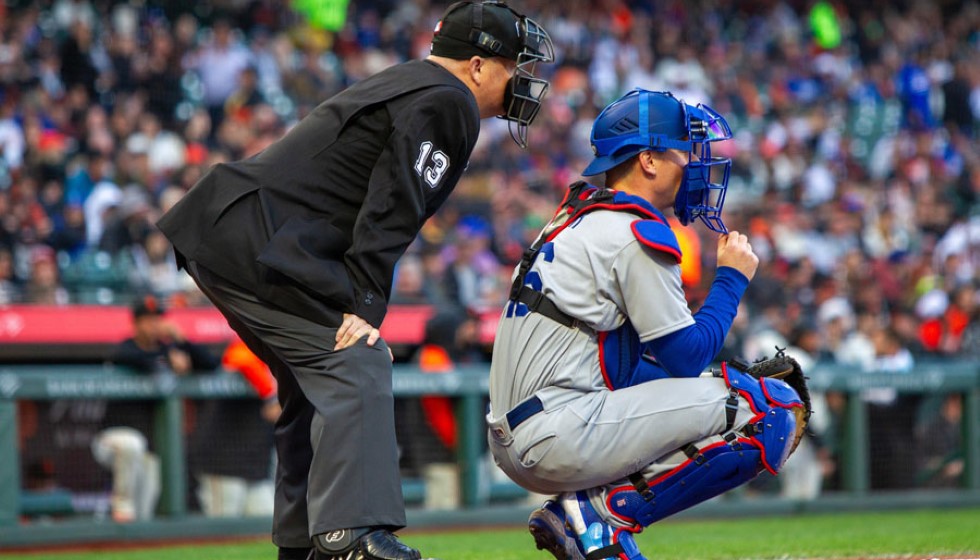
Baseball's Changing Landscape: Debating the Future of Starting Pitchers
As Major League Baseball continues to evolve, so does the role of the starting pitcher. In recent years, a trend toward shorter outings for starters has emerged, with teams increasingly relying on bullpens to finish games. This shift is evident in the decline of innings per start, dropping from an average of 6.3 innings in 1984 to just 5.2 innings in 2024. MLB Commissioner Rob Manfred has expressed concerns about this trend and is considering potential solutions.
Rob Manfred, recognizing the complexities surrounding this issue, has voiced reservations about imposing strict mandates such as minimum inning requirements for starting pitchers. "Just too blunt an instrument to fix this problem," he remarked, highlighting the potential pitfalls of such simplistic approaches. Instead, Manfred advocates for a more nuanced strategy, suggesting the implementation of incentives to encourage teams to nurture pitchers capable of longer outings.
One of the major concerns contributing to the reduced workload for starters is the increasing focus on velocity and spin rate. This emphasis, according to Manfred, has led to a notable rise in injuries among pitchers. "I do see both problems as pretty serious. I think the injury issue, our physicians have studied this carefully [and] they continue to believe that the focus on velocity and spin rate is a specific cause of the increase of injuries," he explained. This problem, he suggests, needs a solution that extends beyond modifying game strategies.
The conversation around starting pitchers is not just limited to on-field performance; it has significant implications for marketing and broadcasting narratives as well. Star pitchers often serve as major draws for fans, making their presence and performance essential components of MLB's branding efforts. To address these diverse concerns, Manfred proposes innovative measures like potential changes in roster and transaction rules.
One such concept under consideration is the "Double Hook," which connects a team's designated hitter slot to the presence of their starting pitcher. This approach could create a strategic incentive for managers to keep their starters in the game longer. Additionally, Manfred highlights the current practice where a pitcher who appears in three consecutive games is optioned to the minors for rest, only to be replaced by someone fresh. "One of the things that happens today, guy pitches three days in a row, he gets outrighted, they bring somebody else in to give him some rest, as opposed to him staying on the roster the whole time," he noted, pointing out how existing rules can inadvertently dissuade longer pitcher usage.
As MLB considers these adjustments, there's also the looming expiration of the Collective Bargaining Agreement with the MLB Players Association in 2026. The outcome of these negotiations could significantly impact the future landscape of the game, potentially prioritizing the development of starting pitchers capable of enduring longer stints on the mound.
Ultimately, the path forward for baseball and its starting pitchers remains a topic of ongoing debate. While the current trend emphasizes bullpen utilization and velocity-focused pitching, the league faces the challenge of balancing these modern practices with the enduring appeal and critical role of starting pitchers. Manfred and MLB's decisions in the coming years will shape the evolution of the sport, aiming to preserve both its competitive integrity and entertainment value.